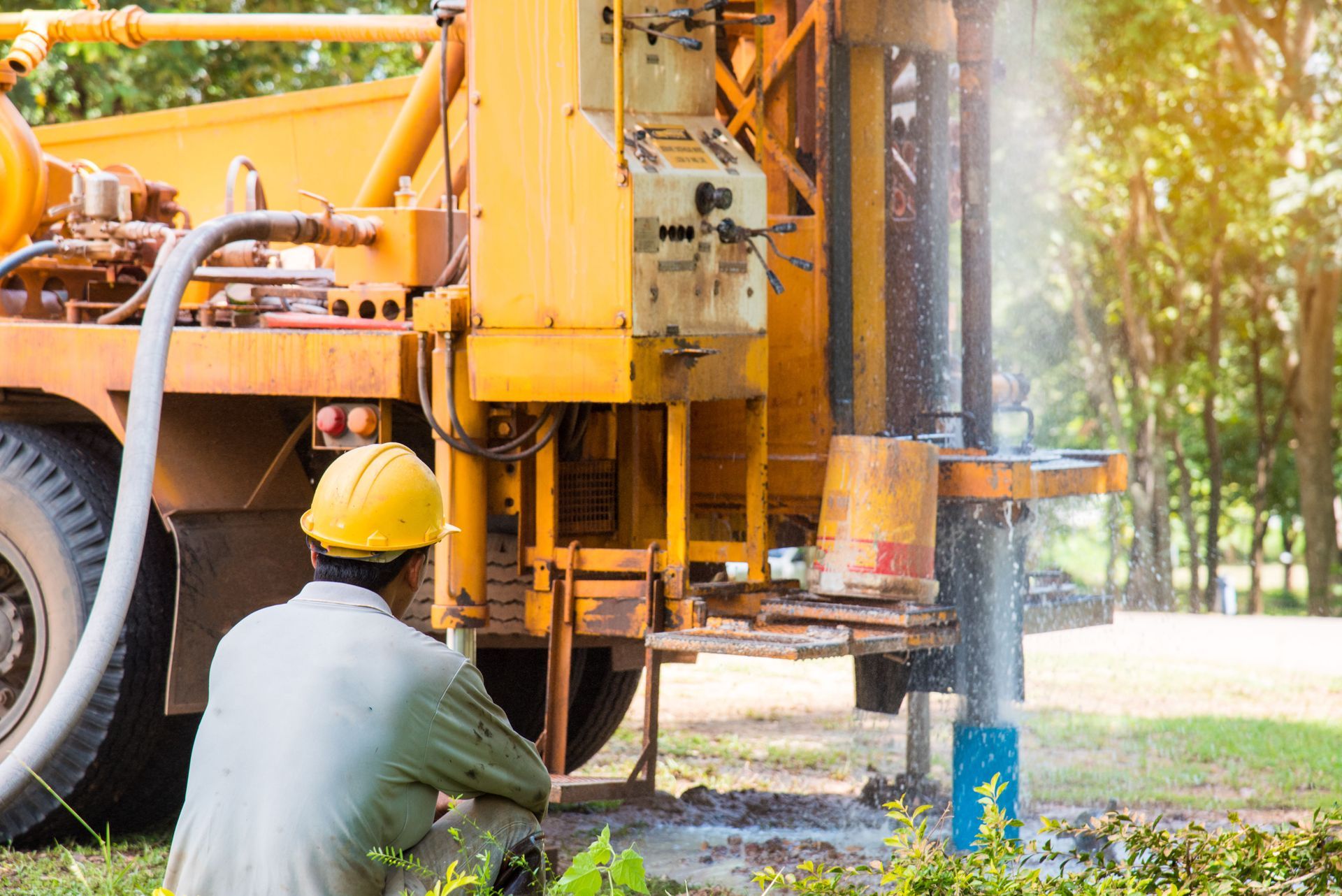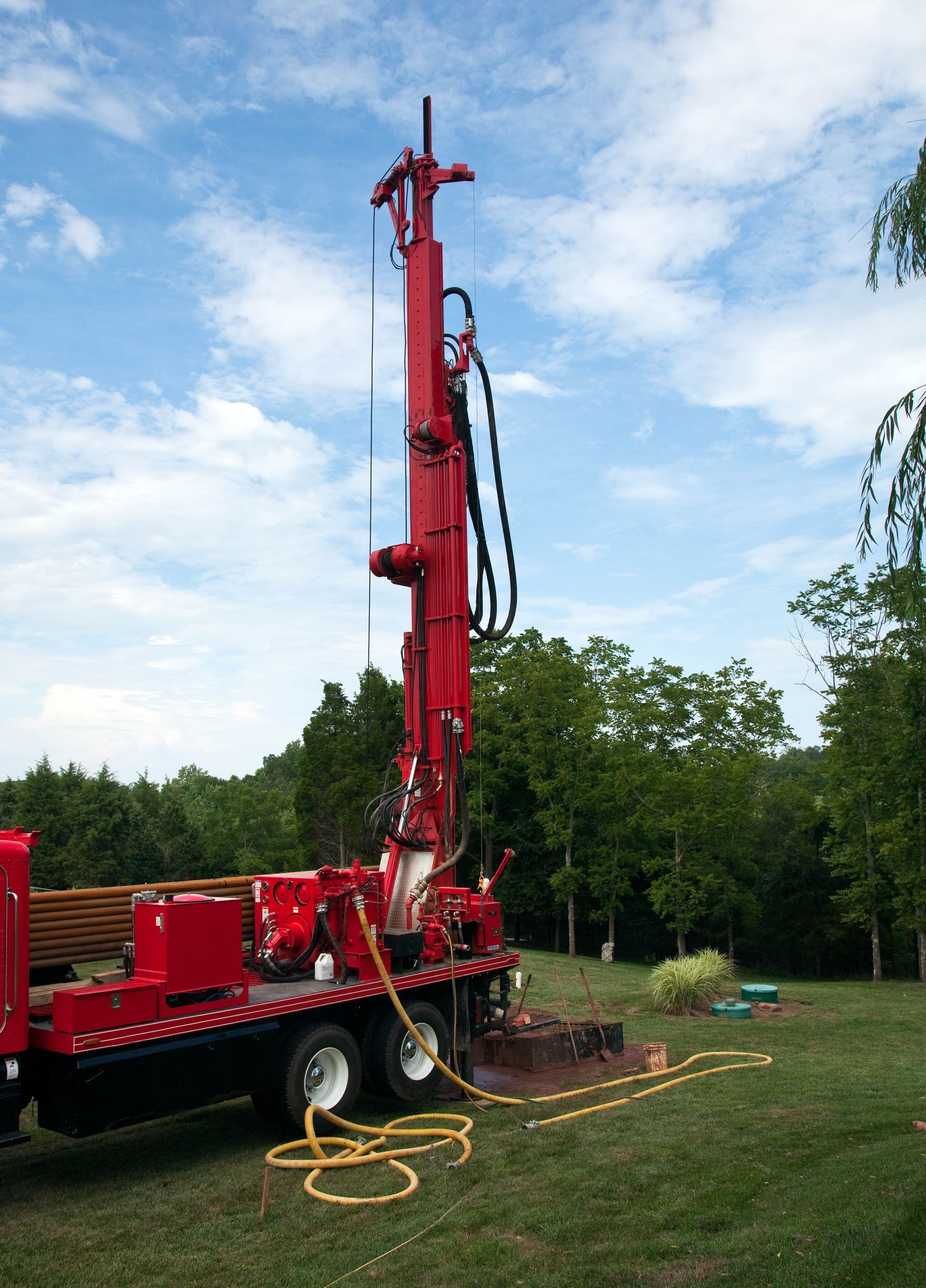November 19, 2025
By Mike Wahlfield | November 19, 2025
Ensuring the well-being of one's household largely depends on the quality of the water supply. For those who rely on well water, monitoring its pH levels is a vital step towards guaranteeing safety and purity. pH not only affects the taste and usability of water but also has significant implications for health and ecological balance. Regular water well testing can avert potential health risks and protect household infrastructure. This article delves into the myriad reasons why pH testing should be a regular practice for well owners, elucidating its importance from several perspectives.
The Science of pH
Firstly, pH, the measure of hydrogen ion concentration in a solution, indicates how acidic or alkaline a substance is. Water's pH level can influence not only its chemical properties but also its reactivity and interaction with other substances. In well water, the pH level can be altered by various factors, including geological and environmental conditions. Understanding the science behind pH helps in interpreting its impact on health and the environment.
The rationale behind water well testing lies in maintaining water quality. A balanced pH level ensures that the water remains safe for drinking and other uses. According to the Private Well Class, a pH level between 6.5 and 8.5 is generally considered acceptable for drinking water. Ensuring your well water stays within this range is crucial for avoiding potential health problems. Being informed about pH science allows homeowners to make educated decisions about water treatment and usage.
Regular monitoring of pH levels is necessary to detect any drastic changes that may occur. These shifts could be indicative of contaminants or other issues affecting water quality. By understanding what pH levels mean, homeowners can better manage their water systems. This management involves both preventing potential damage and resolving existing issues through informed, proactive measures. Knowledge of pH science empowers individuals to maintain a safe water supply.
Neutral, Acidic, and Alkaline Explained
A pH level of seven is considered neutral, signifying a balance between acidity and alkalinity. Neutral water is typically ideal for most uses, including drinking, as it poses minimal risk to health and infrastructure. Water that falls into the neutral range generally does not require extensive treatment, making it the most desirable. However, even neutral water should be monitored regularly to ensure it stays within the safe range. To ensure water quality, understanding the implications of each pH category is crucial.
Water with pH levels below seven is classified as acidic. Acidic water can be corrosive, leading to potential damage in plumbing systems, fixtures, and household appliances. Over time, this corrosion can cause leakage, contamination, and increased repair costs. Prolonged exposure to acidic water may also have adverse health impacts, particularly relating to skin irritation and digestive issues. Acidity management is, therefore, a necessary component of well water maintenance.
Water that has a pH above seven is considered alkaline. While less corrosive than acidic water, high alkalinity can cause scale build-up in pipes and reduce the efficiency of water heating systems. Just like acidic water, highly alkaline water can also impact health. It sometimes affects skin and hair, causing dryness and irritation. Alkalinity balance is essential for health safety and maintaining household systems.
Common pH Levels in Well Water
Most natural water sources, including well water, have pH levels that range between six and eight, in our experience. This range is generally considered to be safe for most household applications. However, deviations outside that range as specified by the Private Well Class may necessitate intervention. Regional factors can also cause variations in these typical pH levels, bringing about specific challenges. Understanding regional pH trends helps owners to anticipate and react to changes.
Some areas may naturally have more acidic or alkaline water based on local geology and soil composition. For instance, areas with limestone may report higher pH levels due to the water's mineral content. Conversely, regions with extensive vegetation or industrial activity might experience more acidic conditions due to organic runoff or pollutants. Recognizing these local variations is key to implementing appropriate water treatment strategies. It allows for customized measures for pH adjustment.
Regular water well testing is important to track these variations, detect possible contaminants, and ensure the water remains within an optimal pH range. Seasonal changes, agricultural activities, and weather conditions can all impact the stability of pH levels over time. These factors highlight the need for homeowners to remain vigilant. By keeping regular records and understanding baseline pH levels, individuals can better recognize when their water requires treatment. Proactive management wards off significant water quality issues.
Factors Affecting pH Levels
Several natural and anthropogenic factors can influence well water pH levels. Geology plays a significant role; the minerals present in rocks and soil can dissolve into groundwater, impacting its pH. Biological activity, including microbial decomposition, can also produce acidic byproducts that lower pH. Human activities such as agriculture, industrial discharge, and the use of fertilizers and pesticides introduce chemicals that can disrupt pH balance. Recognizing these influences is fundamental to maintaining water quality.
Environmental conditions such as rainfall can dilute or concentrate the dissolved ions in water, causing fluctuations in pH. For instance, acid rain can significantly lower the pH of surface and groundwater. Seasonal changes may also affect the rate of biological and chemical processes, with potential pH implications. Tracking these changes over time can provide invaluable insights into the trends affecting water quality. Understanding the dynamic nature of these factors can aid in early detection and remediation.
Besides water well testing, several mitigation strategies can be adopted to combat the negative impacts of these factors. Strategic landscape management and buffer zones help reduce runoff into well areas. Regular maintenance of wells prevents structural degradation that can lead to contamination. Through targeted interventions and regular monitoring, homeowners can manage these influences. An informed approach allows for timely and effective pH level management.
The Role of pH in Water Chemistry
pH is a critical parameter in determining the chemical composition of water. It influences the solubility and availability of nutrients and heavy metals, affecting water taste, odor, and safety. High or low pH levels can alter chemical equilibrium and lead to unwanted reactions, impacting both water quality and usability. The interplay between pH values and water chemistry necessitates careful management. Understanding this interaction aids in maintaining a safe, clean water supply.
Water chemistry inherently interacts with pH to affect safety and taste. Swings in pH can result in the leaching of metals like lead and copper from pipes into drinking water, posing health risks. This complicates the chemical balance required to maintain a safe water supply. Well owners must understand how pH levels impact metal solubility and adopt measures to mitigate these risks. Corrective action after water well testing is necessary to address both the symptoms and the root cause of pH imbalances.
Maintaining a safe and reliable water supply begins with consistent attention to pH levels and the many factors that influence them. Regular water well testing helps homeowners detect changes early, address imbalances, and protect both health and household infrastructure. By understanding how pH affects corrosion, chemical reactions, and overall water quality, well owners can take proactive steps to safeguard their systems. Staying informed, monitoring conditions, and applying appropriate treatment measures all contribute to a cleaner, safer, and more dependable water source. Contact Wahlfield Drilling Co today to get started with our water well services.







